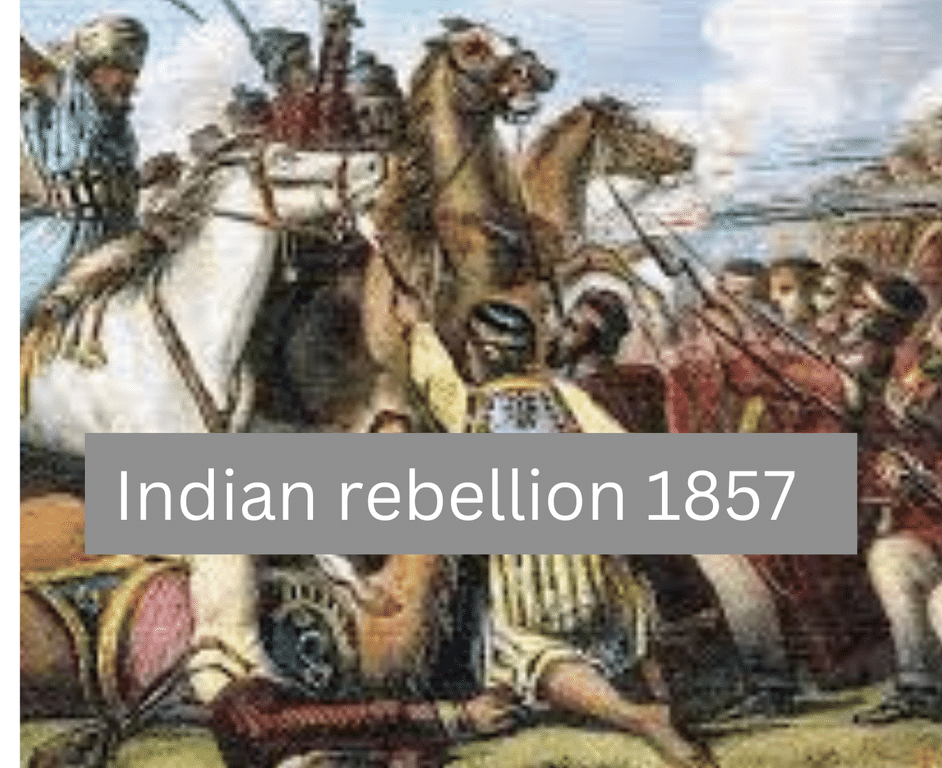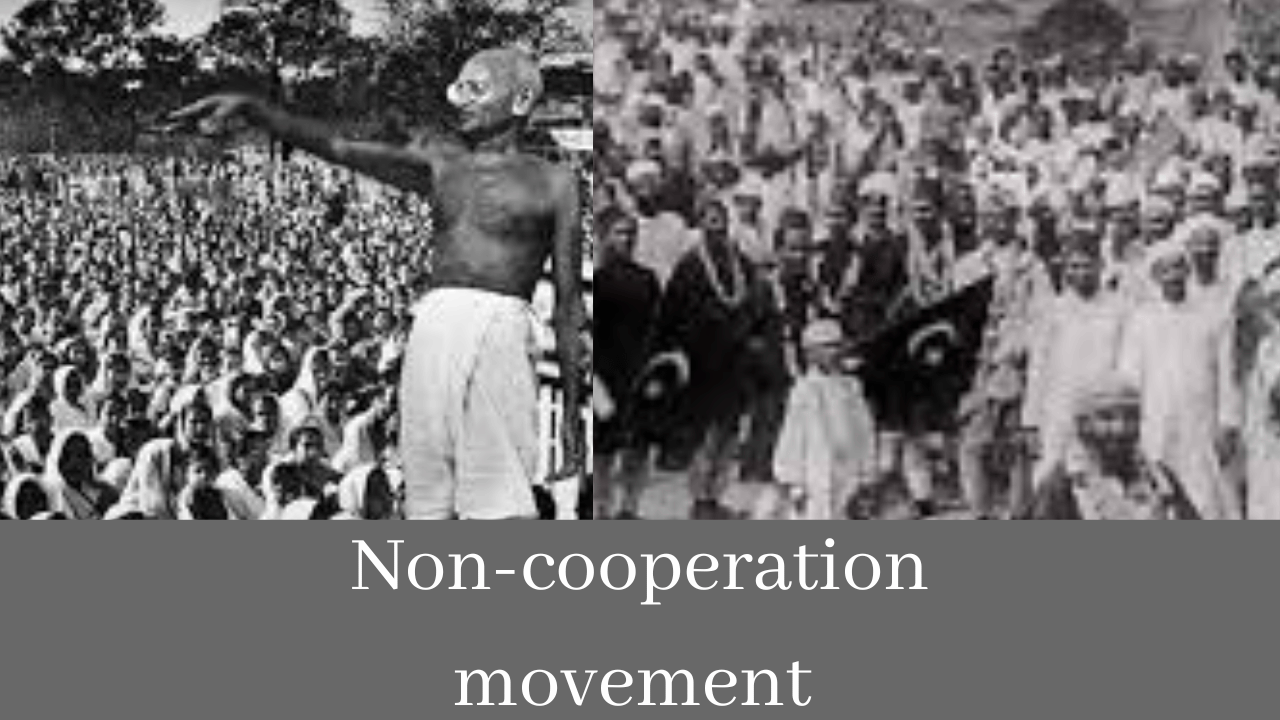When we analyze the 1857 War of Independence, we learn that it was a protracted fight between the Indian people and the British to end their hegemony. Move over 150 years ago, there was “The Indian Rebellion of 1857,” also known as the “Great Indian Mutiny” or the “Sepoy Mutiny.” The beginning of the end of British control in India was signaled by this battle of Independence, which was a significant event in Indian history. It marks a turning point in India’s battle for independence and a reminder of the numerous sacrifices made by people all across the world.
Let’s examine how the Indian Rebellion of 1857 altered the course of Indian history and influenced the destiny of the Indian subcontinent as we commemorate this fight for freedom.
Causes of the 1857 Indian Rebellion
the significant uprising against British colonial control in India in 1857. The four primary reasons for this conflict were The Indian uprising the “Sepoy Mutiny,” also known as “The Great Indian Revolt,” political, economic, social, religious, and military if we examine the major contributing factors. From 1848 until 1856, when Lord Dalhousie served as governor general, the British government had an expansionist stance. He expanded the Indian British Dynasty’s territory significantly. The end of that policy was highlighted by the governor general’s kidnappings of Satara in 1848, Jaipur in 1849, Bhagat and Sambalpur in 1850, and Jhansi in 1853.
Indian emperors developed a sour attitude toward the British administration as a result of this strategy, which included actions like ending their pensions, violating accepted Hindu law, and doing away with the title of Mughal emperor upon Bahadur Shah II’s passing.
Economic Causes of the Indian Rebellion
The British economic policies had a negative impact on every aspect of Indian life. By destroying trade and industry, they depleted India’s resources and riches. Huge resources were sent to London to support British companies at this time while India was acting as a colonial economy of British interests. Indians were forced into poverty and unemployment by this approach. Zamindars were pressured to cultivate crops in order to create income; if they did not, the British government would seize their estates.
Social and Religious Causes
Indians are not given much consideration by the British, who consider them to be a lower race. They treat them unfairly everywhere. Hotels and other establishments were off-limits to Indians, including public spaces like parks and railroad car compartments. Indians eventually grew to view Englishmen as their deadliest foes as a result of this sort of action that exposed the racial conceit of the British. Indians resent the social reforms of the British administration, especially the social laws against ills like infanticide, sati, widow remarriage, and other things that were seen as an intrusion into Indian religious concerns and about which the British people had no understanding or qualification.
Indians developed animosity as a result of changes to Hindu law, the advent of English education, and the activities of Christian missionaries. They were made aware of it by Indians, who also warned them that doing so would violate Indian social standards and that doing so was improper for them.
Military Causes of the Indian Rebellion
Under the British, the degree of discontent within the military was rising daily. In terms of pay and other advantages, there existed a substantial disparity and inequality between Indians and the British. The difference may also be deployed to other British battles in Iran and China. Soldiers from India were regarded with contempt. One of the main reasons for the “Indian Rebellion of 1857” was this sort of treatment.
Conclusion
A pivotal moment in Indian history known as “The Indian Rebellion of 1857” signaled the beginning of the end of British control in India. The revolt was a pivotal moment in Indian history that dramatically altered its course. Today, the rebellion’s legacy is still felt, this it’s necessary to commemorate and celebrate it. Visiting historical locations, partaking in cultural events, attending cultural activities, and remembering the people who fought and gave their lives for freedom are just a few ways to honor the uprising and its legacy. We may respect the bravery and passion of the Indian people and their battle for independence by commemorating and honoring the Indian Rebellion of 1857.



